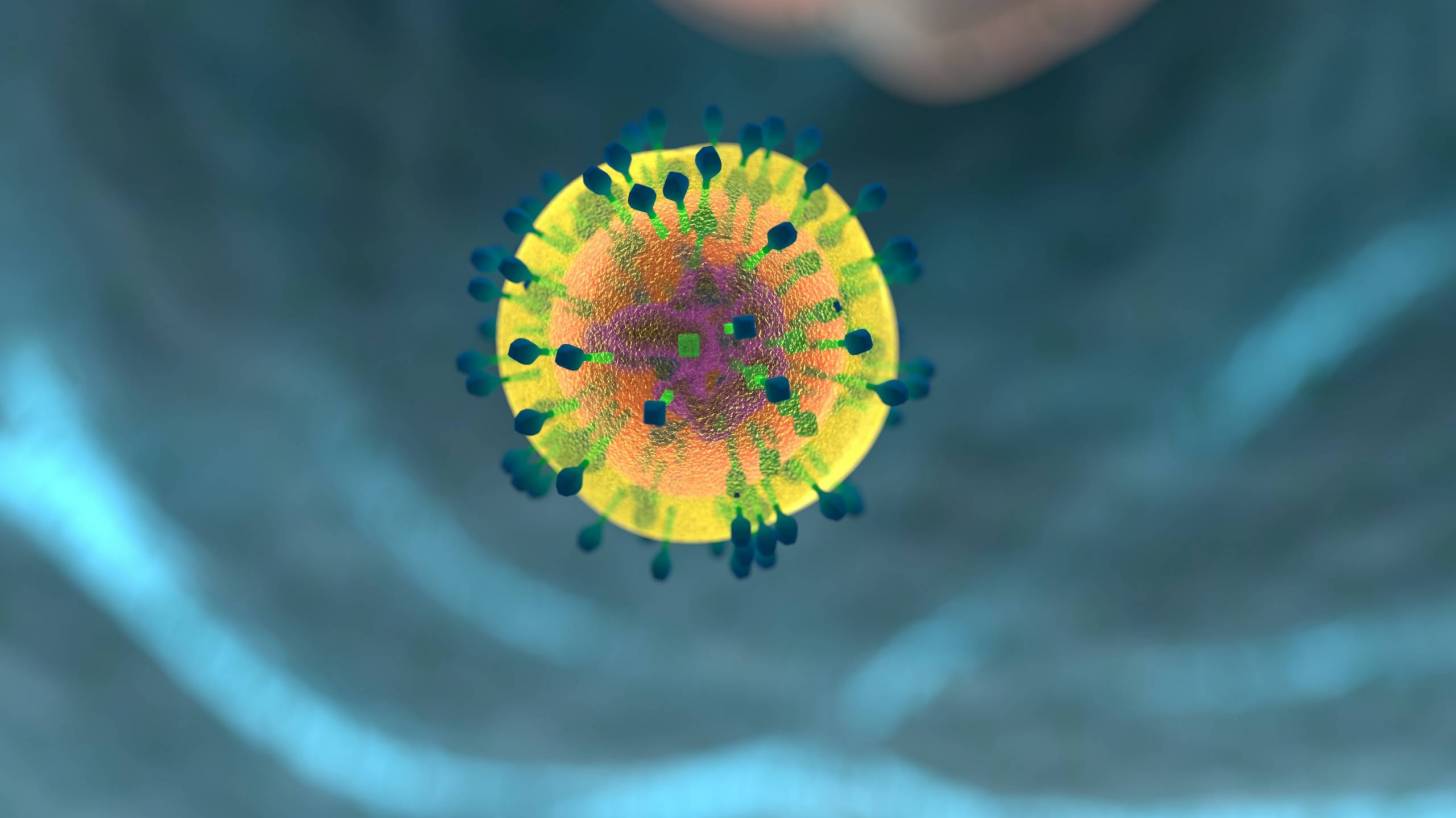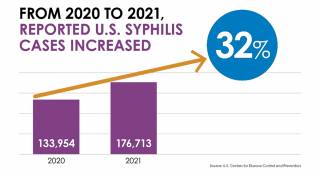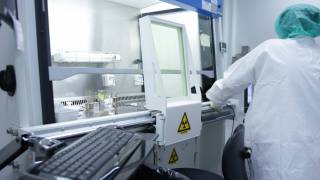Hepatitis B Vaccine Delivered By Nanotechnology

Researchers have demonstrated in a new study exactly how a nanotechnology-based compound delivers an oral vaccine against hepatitis B to the immune system.
This is important news since approximately 257 million people currently live with hepatitis, says the World Health Organization (WHO).
When particles containing silica and an antigen combine, even though they are different sizes, they reach the intestine without being destroyed by the acidity of the digestive system.
A compound of nanostructured SBA-15 silica and HBsAg, the hepatitis B surface antigen, was submitted to different types of X-ray imaging. The nanostructured silica was developed by researchers at the University of São Paulo's Physics Institute (IF-USP) in Brazil. The antigen was created by the Butantan Institute, which is also in São Paulo.mm
The aim of the study was to understand how 22 nanometers-sized antigen binds to silica nanotubes with a diameter of approximately 10 nanometers and a honeycomb-like structure.
For comparison, a nanometer (1 nm) is a billionth the size of a meter.
Studies carried out at USP revealed the measurements of both the antigen and the silica nanotubes using small-angle X-ray scattering (SAXS), dynamic light scattering (DLS), and transmission electron microscope.
The three-dimensional images obtained by these techniques showed that although the antigen did not enter the nanotubes, it was retained in 50 nm macropores between the nanotubes. This protected it from the acidity of the digestive system.
The images also enabled the researchers to determine the ideal proportion of silica and HBsAg so that the antigen did not agglomerate, hindering the dispersion of the active principle in the patient's intestine.
"The oral and intranasal routes are natural modes of vaccine administration. Nature is the best vaccination agent.”
“However, a vaccine that contains a protein, as in this case, is destroyed by high acidity and its own proteases in passing through the stomach, so it doesn't reach the immune system, particularly the small intestine," said Osvaldo Augusto Sant'Anna, Scientific Leader at Butantan Institute and responsible for development of the HbsAg antigen.
Before proceeding to human clinical trials, the research team will test polymers that can be used to coat the entire structure and increase the medication's resistance to the human stomach.
In animal trials, the formulation proved to be as effective as the injected vaccine, if not more so, in delivering the antigen to the intestine, where the immune system can detect it and produce antibodies against the virus.
Through a project supported by FAPESP, the group led by Sant'Anna, Fantini and Bordalo is now developing new antigens to add to the compound. The idea is to have at least a triple vaccine by adding other antigens against diphtheria and tetanus.
However, the formulation may evolve to become a polyvaccine that also immunizes people against whooping cough, poliomyelitis and Haemophilus influenzae type B (Hib), the bacterium that causes meningitis and pneumonia, among other diseases.
The antigens must combat the diseases without interfering with each other.
"There have been very interesting results with diphtheria, and we're now going to test it for tetanus, initially in injectable form," Sant'Anna said in a press release.
The results are published in Scientific Reports.
The study was supported by São Paulo Research Foundation - FAPESP and European research funders. FAPESP is a public institution with the mission of supporting scientific research in all fields of knowledge by awarding scholarships, fellowships, and grants to investigators linked with higher education and research institutions in the State of São Paulo, Brazil.
Our Trust Standards: Medical Advisory Committee


























